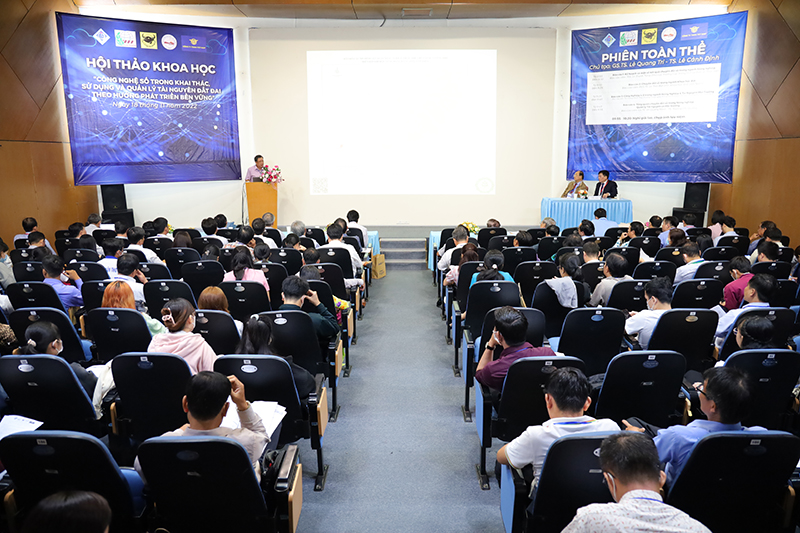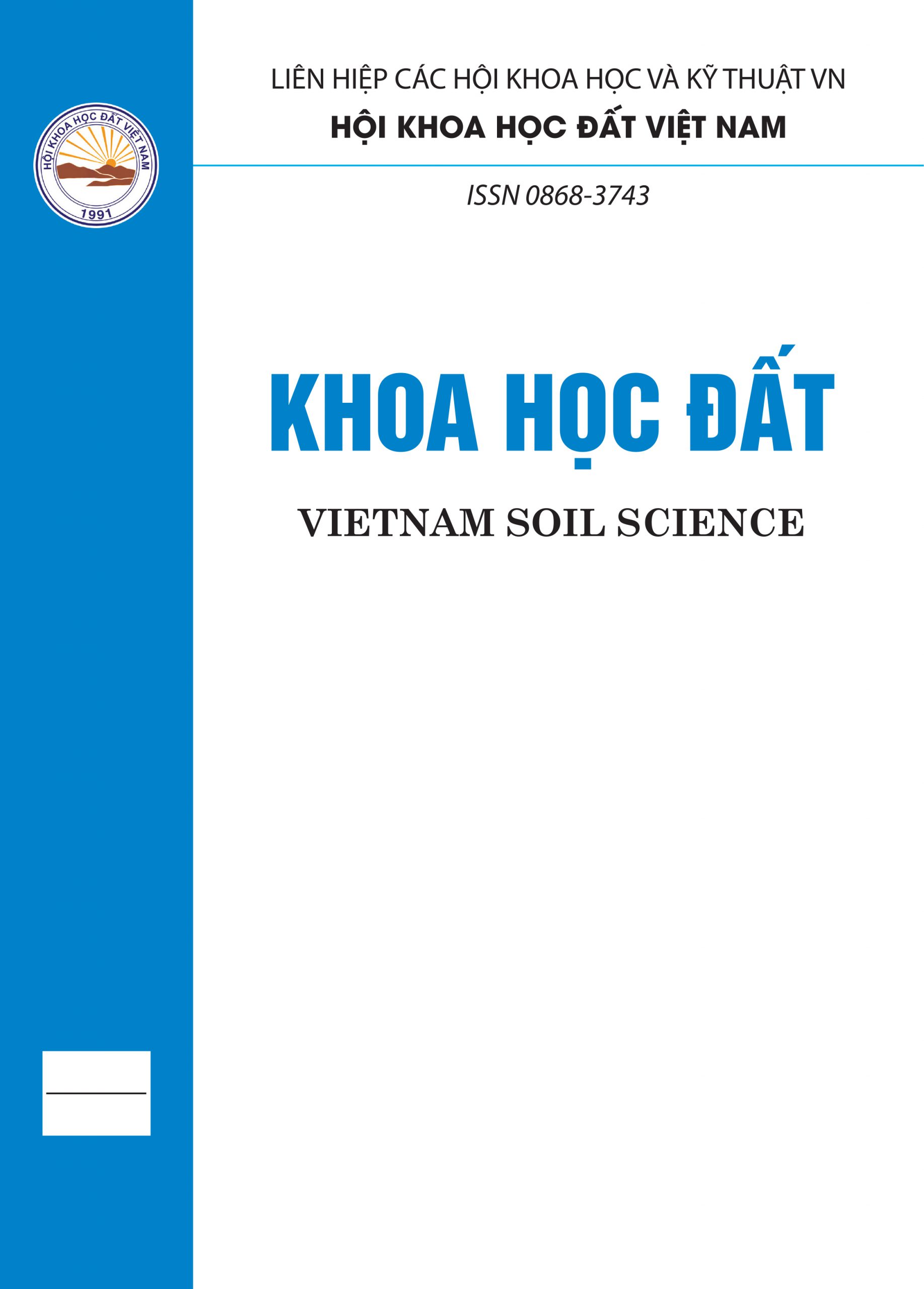NGHIÊN CỨU SỬ DỤNG RAU SAM BIỂN (Sesuvium portulacastrum) XỬ LÝ CÁC HỢP CHẤT N VÀ P HÒA TAN TRONG NƯỚC THẢI NUÔI TÔM THẺ CHÂN TRẮNG SIÊU THÂM CANH
Trần Thị Linh Nhâm1*, Lâm Thảo Nguyên2
[1]Khoa Nông nghiệp – Thủy sản, Trường Đại học Bạc Liêu2Hợp tác xã Nông nghiệp dịch vụ Tương Lai Xanh
*E-mail: ttlnham@blu.edu.vn
TÓM TẮT
Nghiên cứu đánh giá khả năng xử lý nước thải từ ao nuôi tôm thẻ chân trắng siêu thâm canh bằng rau sam biển (Sesuvium portulacastrum) lần đầu tiên được tiến hành tại Việt Nam. Bố trí các nghiệm thức trồng thủy canh rau sam biển với 100%, 70%, 50% nước thải ao tôm có độ mặn 23‰; mật độ trồng 28 cây/0,15 m2. Kết quả đo đạc mẫu nước sau 12 ngày cho thấy rau sam biển đã xử lý toàn bộ NO3-, NO2-, NH3 và PO43- trong nước thải; hiệu quả xử lý ghi nhận cao hơn nghiệm thức đối chứng không trồng rau sam biển. Tốc độ tăng trưởng và mức tăng sinh khối trung bình của rau sam biển dao động từ 34,66 – 45,41%/ngày và 34,62 – 43,08%. Kết quả chứng minh cây rau sam biển có thể sử dụng để xử lý nước thải từ các ao nuôi tôm công nghiệp, đồng thời khai thác sinh khối cây rau cho những mục đích khác.
Từ khóa: nuôi siêu thâm canh, nước thải nuôi tôm, rau sam biển (Sesuvium portulacastrum), tôm thẻ chân trắng.
SUMMARY
Research on using sea purslane (Sesuvium portulacastrum) to treat dissolved nitrogen and phosphorus compounds in super-intensive white leg shrimp farming wastewater
Tran Thi Linh Nham1, Lam Thao Nguyen2
1Faculty of Agriculture – Auqaculture, Bac Lieu University
2Green Future Agricultural Service Cooperative
The study evaluating the ability to treat wastewater from super-intensive white-leg shrimp ponds using sea purslane (Sesuvium portulacastrum) was conducted for the first time in Vietnam. The study was conducted by arranging hydroponic experiments using 100%, 70%, 50% shrimp pond wastewater with salinity of 23‰; planting density of sea purslane was 28 plants/0.15 m2. Results of water sample measurements after 12 days showed that sea purslane treated all concentration of NO3-, NO2-, NH3 and PO43- in wastewater; the treatment efficiency was recorded to be higher than the control experiment without sea purslane. The average growth rate and biomass increase of sea purslane ranged from 34.66 – 45.41%/day and 34.62 – 43.08%. The research showed that Sea purslane can be used to treat wastewater from industrial shrimp ponds, and the collected biomass of sea purslane can be exploited for other purposes.
Keywords: super intensive farming, shrimp farming wastewater, sea purslane (Sesuvium portulacastrum), white leg shrimp.
Ngày nhận bài: 09/4/2025
Ngày thông qua phản biện: 24/4/2025
Ngày duyệt đăng: 16/6/2025
 Tạp chí
Tạp chí





